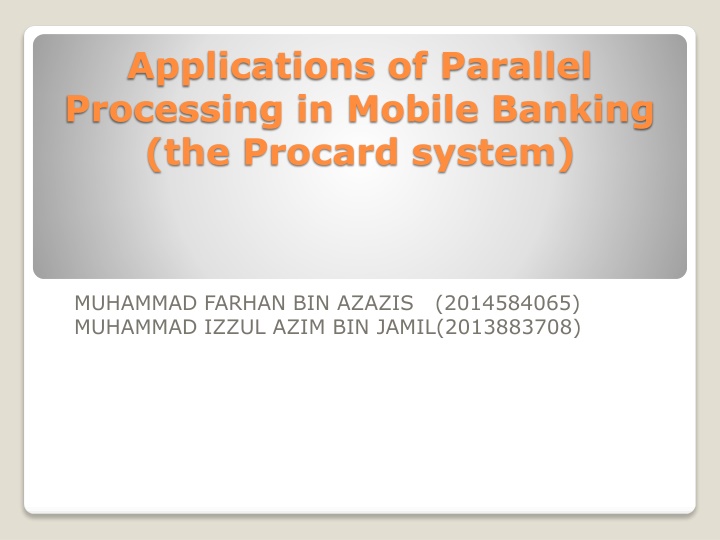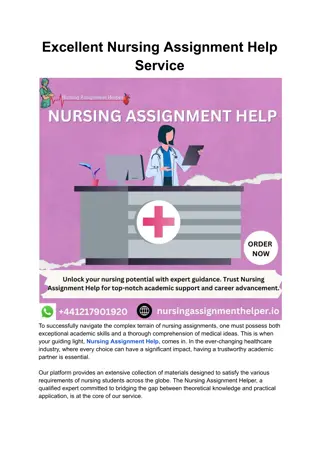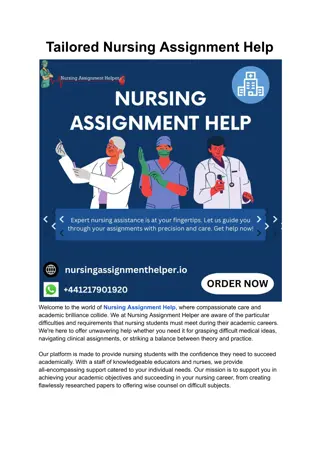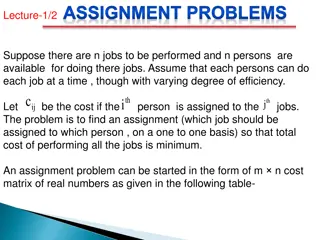
Applications of Parallel Processing in Mobile Banking - Procard System Overview
"Explore the efficient Procard system in mobile banking leveraging parallel processing for seamless transactions and payment processing. Learn about the future and architecture of mobile banking applications, including the parallel platform and payment formats. Enhance your understanding of this innovative solution for Internet and mobile banking services." (Words: 55)
Download Presentation

Please find below an Image/Link to download the presentation.
The content on the website is provided AS IS for your information and personal use only. It may not be sold, licensed, or shared on other websites without obtaining consent from the author. If you encounter any issues during the download, it is possible that the publisher has removed the file from their server.
You are allowed to download the files provided on this website for personal or commercial use, subject to the condition that they are used lawfully. All files are the property of their respective owners.
The content on the website is provided AS IS for your information and personal use only. It may not be sold, licensed, or shared on other websites without obtaining consent from the author.
E N D
Presentation Transcript
Applications of Parallel Processing in Mobile Banking (the Procard system) MUHAMMAD FARHAN BIN AZAZIS (2014584065) MUHAMMAD IZZUL AZIM BIN JAMIL(2013883708)
Introduction Allows performing transactions and payments over the Internet through a bank's secure website. The future of mobile banking will be represented by such applications that support mobile, Internet banking and EFT (Electronic Funds Transfer) transactions in a single user interface. In such a way, the mobile banking will be able to cover all the types of applications demanded at the market level.
Introduction (CONT) Other applications of mobile banking are connected with different financial services like online brokers, online banks, wealth managers, stock trading and so on. Domain area : Account information Transaction Investment
Procard system Represents a suite of applications used to perform mobile banking. Intended to be a universal solution that allows Internet and mobile banking Implements electronic funds transfer (also known as EFT), no matter if the customer is using a mobile or a wired Internet connection. Composed by a suite of components that forms together a parallel application using a central scheduler having as the main scope the implementation of the serving discipline at the waiting system level.
The transaction details are passed to the transaction server that basically implements a queuing system based on priorities. For the Internet banking, a customer needs an Internet connection, no matter if this connection is a classical one or mobile. For the mobile banking, an Internet connected PDA with magnetic card reader should be used. The processing result is sent back to the scheduler and finally it arrives to the customer browser window. In order to process the request, the scheduler assigns the task a free workstation from the intranet (Surcel, Academy, & Studies, 2007)
Parallel Platform Payment formats - payment settlement in the national and international arena is characterized by a large number of payment formats. Despite the current drive towards harmonization, notably the SEPA and CGI initiatives, a range of national and international payment formats remains in place. MultiCash@Sign -provides the full range of functionality needed by an authorized user to sign payment files. UBIQCash -processes payment and account data, where there is a need for generating target formats which differ from the originally supplied formats. Also use in conjunction with accounting packages and payment systems, which provide standardized input format.
Advantages To minimize the total cost of the delays for the customers and the service facilities. could generate important opportunities for the Romanian banking system and for the community of the big retailers from the market. Highest security standards for customer-bank communication Customers do not need to go to the bank office and also there is no need to access a computer having an Internet connection in order to perform the banking transactions .
Conclusion The future of mobile banking will be represented by such applications that support mobile, Internet banking and EFT (Electronic Funds Transfer) transactions in a single user interface. In such a way, the mobile banking will be able to cover all the types of applications demanded at the market level. Be able to join online banking with EFT ones, the mobile banking will become very attractive for big retailers (like hypermarkets and supermarkets) because they will not need to invest so much money in the infrastructure (wires, cables, dedicated lines and so on). The customers will be able to pay by the credit cards using mobile devices (PDAs) located at the payment points and connected with a dedicated bank server by using the Internet.
References Surcel, T., Academy, F. A., & Studies, E. (2007). Mobile Banking System. Informatica, 1(1), 124 127. Retrieved from http://revistaie.ase.ro/content/41/surcel.pdf Brannan, J. R. (1992). Applications of parallel processing in vision, 3(3), x, 340. Retrieved from http://revistaie.ase.ro/content/43/18-alecu.pdf Informatics, E. (2006). Parallel processing of mobile banking transactions, 130 132. Retrieved from http://www.economyinformatics.ase.ro/content/EN 6/alecu.pdf ( Communication platform Banks Products Omikron e-banking solutions, n.d.). Retrieved from https://www.omikron.de/en/products/banks/comm unication-platform/ Surcel T., M r anu R., Pocatilu P., Reveiu A., Bologa R., Alecu F.,WEB Technologies and Databases, Tribuna Economic , 2005






















